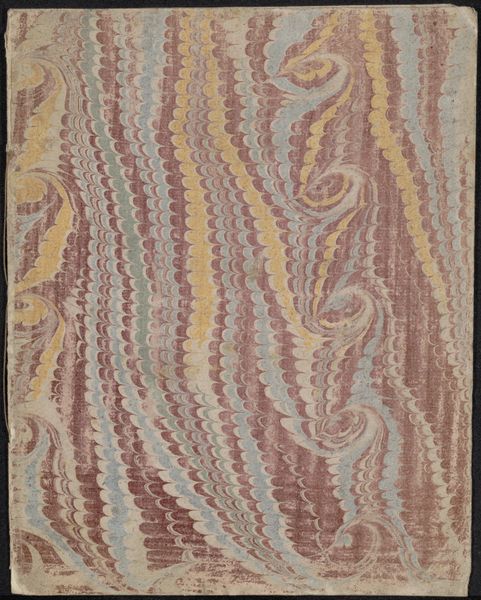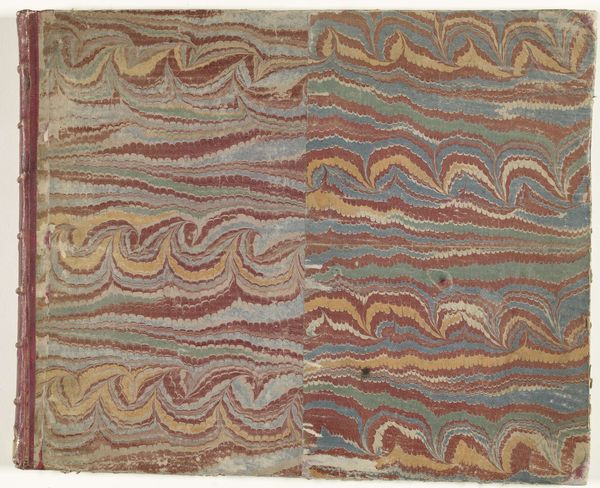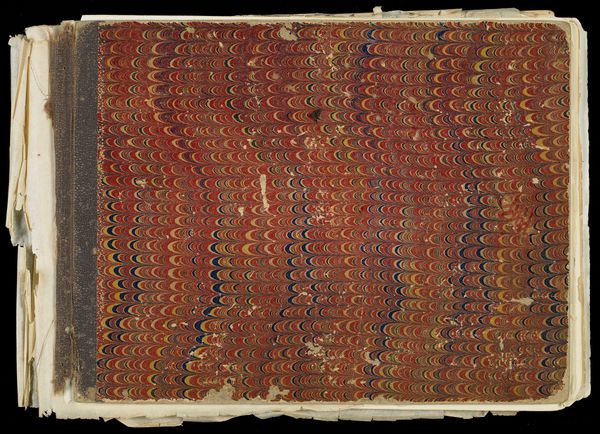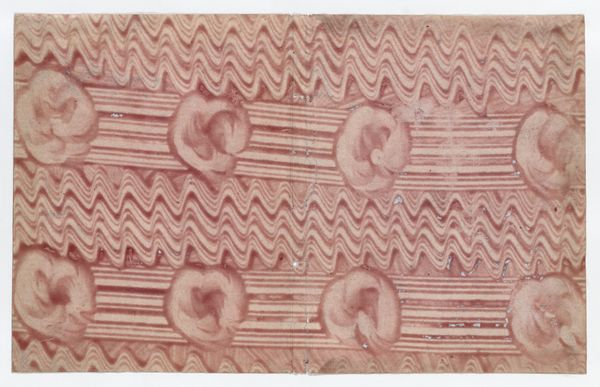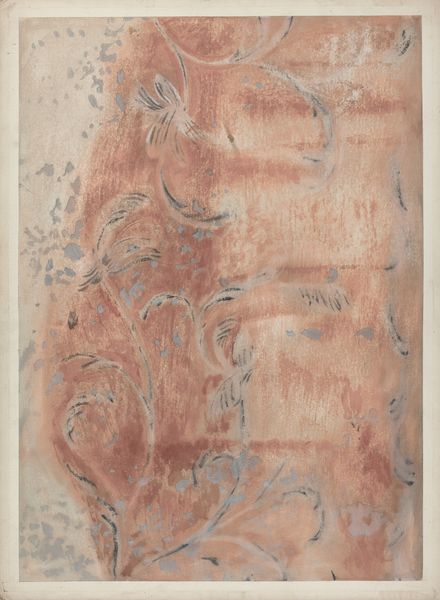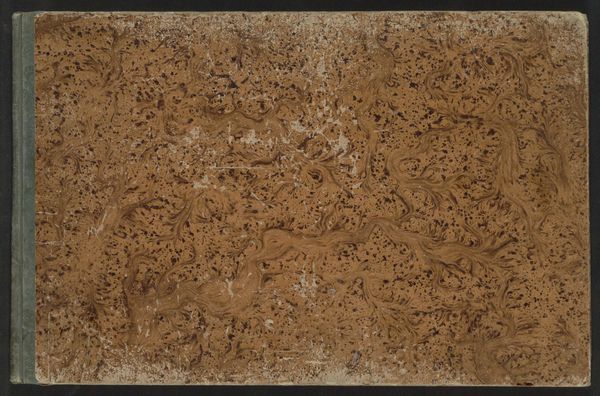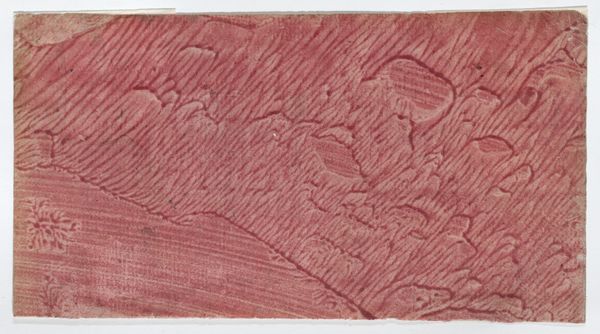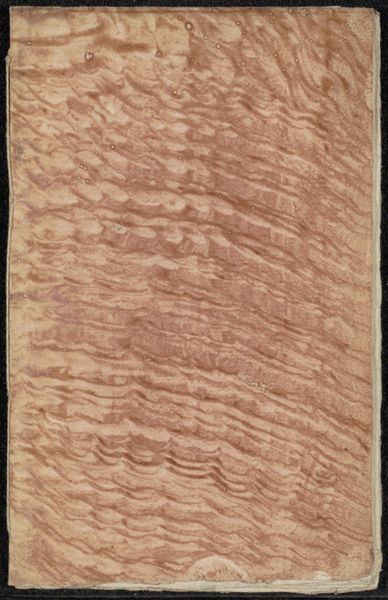
Le Cabinet des Beaux Arts, ou Recueil Des Plus Belles Estampes, gravées d'aprés les Tableaux Originaux, òu les beaux Arts sont representez, avec l'explication de ces mêmes Tableaux 1695
0:00
0:00
print, engraving
#
natural stone pattern
#
wood texture
#
toned paper
#
baroque
# print
#
light earthy tone
#
book
#
tile art
#
earthy tone
#
geometric
#
wooden texture
#
neutral brown palette
#
decorative-art
#
layered pattern
#
brown colour palette
#
engraving
Dimensions: height 281 mm, width 381 mm, thickness 13 mm, width 767 mm
Copyright: Rijks Museum: Open Domain
Curator: Ah, look at this—"Le Cabinet des Beaux Arts," from 1695, a collection of engravings showcasing the beautiful arts. Editor: Immediately, I see… swirling rivers? Or perhaps a gently turning whirlpool. It has such an earthy and watery feel all at once. Curator: It's quite remarkable, the detail they achieved in printmaking back then. Each page meticulously engraved. It speaks of an era obsessed with classification, cataloging, possessing knowledge, wouldn’t you say? Editor: Yes, and this particular pattern has me thinking about boundaries—permeable membranes, thresholds. How does the containment of something – a “cabinet,” a book – affect what’s inside? Who gets to define the ‘fine arts’ and who’s excluded? Curator: It’s almost psychedelic, isn’t it? Imagine the hours someone put into creating just one of these plates. Knowing that each line was a deliberate act…I mean, the commitment! Editor: That level of craft is definitely striking, but let's consider how this book might have functioned. A status symbol? A tool for enforcing artistic canons? Access was probably limited, circulating within elite circles and solidifying power dynamics… Curator: Of course, art has never been apolitical. This volume becomes another artefact revealing hierarchies. Even so, I find the marbling itself speaks of creation. Perhaps of nature, almost geologic, if that’s the right word. Editor: True, there's a tension. The natural swirls replicated, but for what end? Decoration? Information dissemination for those with specific means and education? It brings into sharp relief the fact that "beauty" is not neutral. Curator: Well said. Perhaps it's a reminder to constantly question the frames we build around art and to actively try and broaden our perspective. Editor: Indeed. It prompts us to consider art history itself as a process of active selection, a kind of marbling where certain voices rise and others...fade.
Comments
No comments
Be the first to comment and join the conversation on the ultimate creative platform.

